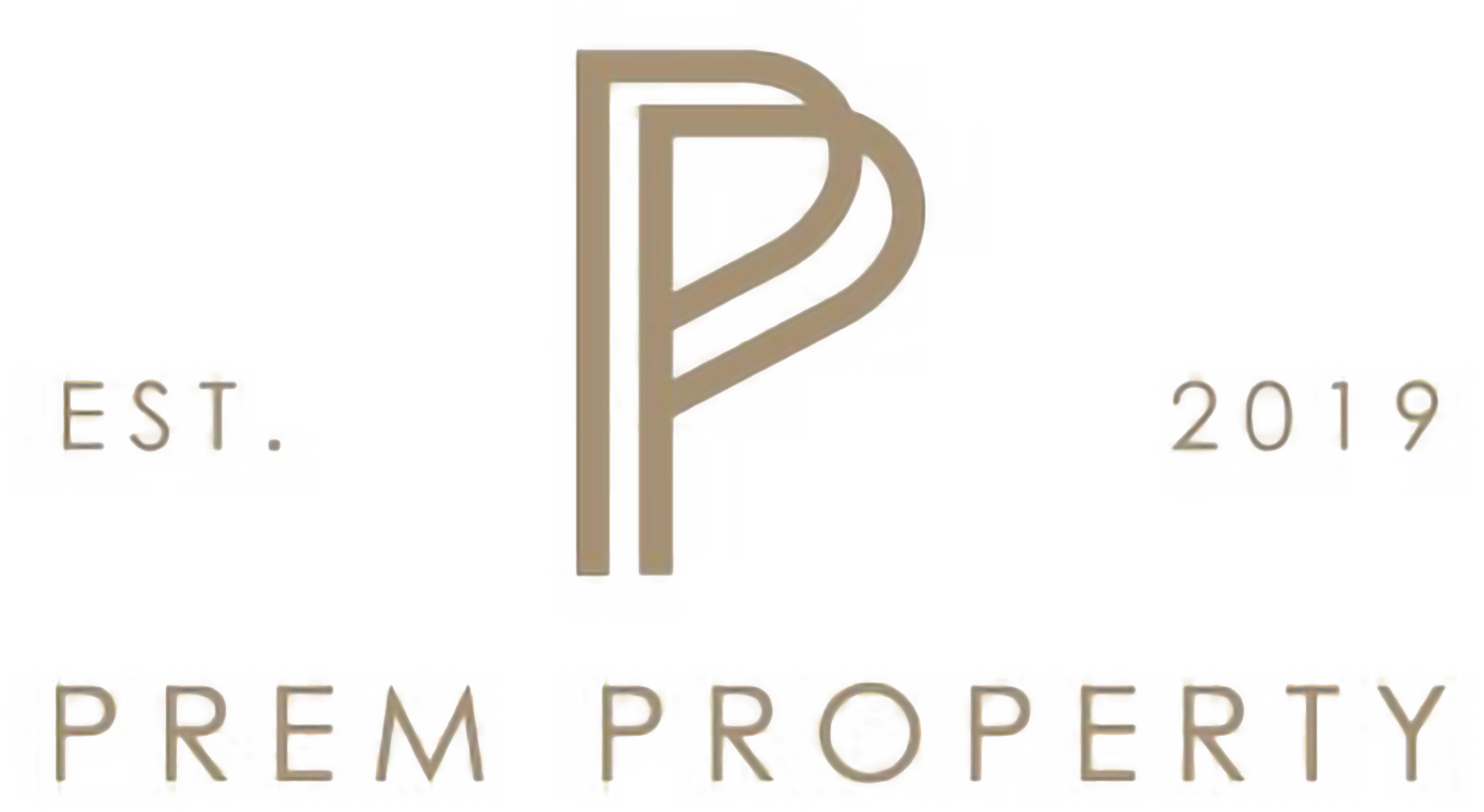The residential care sector presents a compelling investment opportunity that combines financial stability with meaningful social impact. As demand for specialist accommodation continues to surge across the UK, landlords increasingly recognise the substantial benefits of leasing properties to care providers. However, navigating this complex market requires expertise, strategic planning, and the right partnerships to ensure sustained success.
The Growing Market Opportunity
Britain’s care sector demonstrates remarkable resilience and growth potential. The average cost of a residential care home in the UK sits at around £928 per week, amounting to just over £4,000 a month, highlighting the substantial revenue potential for property owners. Meanwhile, the occupancy rate of care homes in the United Kingdom (UK) rose to 86.4 percent, which is approaching pre-pandemic occupancy levels of 87-89 percent, demonstrating strong demand across the sector.
Children’s homes represent a particularly lucrative niche within this market. Housing 12,732 children in 2021, the need for children’s homes is obvious, whilst the ongoing housing crisis means more than 164,000 children in England are homeless in temporary accommodation, which is a record high. Consequently, care providers actively seek suitable properties to meet this escalating demand.
Furthermore, broader rental market trends support the care sector’s growth trajectory. According to a November 2024 forecast, rents will continue to rise until 2029, though slower, creating favourable conditions for landlords entering the specialist accommodation market.

Understanding Guaranteed Rental Income Models
Traditional buy-to-let properties expose landlords to various risks including void periods, tenant defaults, and maintenance disputes. In contrast, guaranteed rental income models offer predictable returns through long-term agreements with established care providers. These arrangements typically feature:
Extended lease terms ranging from three to fifteen years, providing exceptional income security compared to standard assured shorthold tenancies. Care providers prefer longer commitments as they invest significantly in staff training, regulatory compliance, and establishing community relationships.
Higher rental yields often exceed standard residential lettings by 20-40%, reflecting the specialist nature of care accommodation. Properties with appropriate use classifications command premium rents due to limited supply and strong demand.
Professional tenant relationships involve working with registered care companies rather than individual tenants. These organisations possess substantial resources, regulatory oversight, and vested interests in maintaining property standards.
Reduced management burden as care providers typically handle day-to-day property management, maintenance coordination, and utilities management within their operational frameworks.
Identifying Suitable Properties
Not every property suits care accommodation purposes. Successful conversions typically feature specific characteristics that align with regulatory requirements and operational needs.
Use classifications play a crucial role, with C2 residential institutions being ideal for children’s homes and similar facilities. Properties with existing C2 designation avoid lengthy planning applications, though suitable properties without this classification may obtain necessary permissions with proper guidance.
Physical attributes matter significantly. Successful care homes typically require multiple bedrooms (usually six or more), adequate bathroom facilities, suitable communal spaces, and appropriate parking provisions. Garden areas provide valuable outdoor space for residents whilst off-road parking accommodates staff vehicles and visiting professionals.
Location considerations include accessibility to schools, healthcare facilities, and public transport links. Additionally, community acceptance proves vital for successful operations, making neighbourhood engagement essential during property conversion processes.
Real-World Success: A West Midlands Case Study
The transformative potential of specialist care accommodation becomes evident through actual implementation examples. Recently, Prem Property facilitated a remarkable transaction involving an experienced landlord seeking to diversify beyond traditional lettings whilst creating positive social impact.
The property, a spacious detached home in the West Midlands, offered six bedrooms, seven bathrooms, two reception rooms, substantial garden space, and parking for multiple vehicles. Despite recent refurbishment, the property remained vacant for six months before our intervention.
Initially, the landlord faced several challenges. Although the property possessed the correct C2 use classification, minor cosmetic improvements were required to meet care standards. More significantly, parking capacity needed upgrading to accommodate up to fifteen vehicles for residents and support staff.
Our strategic approach began with realistic rental expectation adjustments reflecting C2 property demand within the children’s care sector. We highlighted unique features that justified premium pricing whilst addressing necessary improvements to maximise appeal to prospective care providers.
Community engagement proved crucial throughout the process. Despite the property being detached, we proactively contacted neighbouring residents, explaining the intended use and addressing potential concerns. This transparent approach fostered trust and prevented opposition that might have complicated the conversion process.
Subsequently, we initiated targeted outreach to reputable care providers with proven children’s home management experience. Our tailored media pack showcased the property’s features, layout, and adaptation potential for therapeutic care environments.
The response exceeded expectations. One provider immediately expressed interest and requested minor modifications including repainting, flooring changes, and new soft furnishings to meet their internal standards. This collaborative approach ensured the property would satisfy both regulatory requirements and operational preferences.
Negotiations concluded successfully with a rental agreement of £600 per room monthly, reflecting fair market rates for specialist care accommodation. The landlord, leveraging his estate agency background, managed the property directly, streamlining processes whilst maintaining control over ongoing management.
The outcome delivered multiple benefits. The landlord secured stable, long-term income aligned with his social impact objectives. The care provider gained high-specification accommodation adapted for vulnerable children’s needs. The local community embraced the property’s new role through our proactive engagement efforts.

The Prem Property Advantage
Navigating the specialist care accommodation sector requires expert guidance and established relationships within the care industry. Prem Property serves as the crucial bridge connecting property owners with reputable care providers, ensuring mutually beneficial arrangements that deliver sustained success.
Our comprehensive approach encompasses property assessment, market positioning, care provider identification, negotiation facilitation, and ongoing support throughout lease terms. We understand both property investment dynamics and care sector requirements, enabling seamless transactions that satisfy all parties’ objectives.
Moreover, our established network of care providers means properties receive maximum exposure to qualified tenants actively seeking suitable accommodation. This targeted approach reduces void periods whilst ensuring quality tenant placement.
Navigating Regulatory Requirements
The care sector operates within strict regulatory frameworks that property owners must understand. Ofsted registration requirements, health and safety standards, and local authority licensing all influence property suitability and ongoing compliance obligations.
However, these regulatory requirements also create barriers to entry that protect established providers and limit competition. Properties meeting care standards benefit from this regulatory moat, supporting rental premiums and tenant stability.
Working with experienced partners like Prem Property ensures landlords understand these requirements from the outset, avoiding costly mistakes whilst maximising property potential within regulatory frameworks.
Long-Term Investment Perspectives
Demographic trends strongly favour care sector growth. Government investment in social care infrastructure supports sector expansion, creating opportunities for private landlords to participate in addressing critical housing shortages whilst generating attractive returns.
Additionally, the specialist nature of care accommodation creates natural barriers to new supply, protecting established properties from oversaturation that affects traditional rental markets.
Securing Your Investment Future
Guaranteed rental income through care accommodation represents a compelling investment strategy that delivers financial returns alongside meaningful social contribution. As demonstrated through our West Midlands case study, strategic property positioning combined with expert guidance can transform underperforming assets into thriving care facilities.
The key lies in understanding market dynamics, regulatory requirements, and care provider needs. With proper support from specialists like Prem Property, landlords can successfully navigate this complex but rewarding sector, creating sustainable income streams whilst addressing society’s most pressing accommodation needs.
For property owners considering diversification beyond traditional lettings, the care sector offers proven opportunities for enhanced yields, extended tenancies, and positive social impact. The growing demand, regulatory stability, and demographic trends all point towards continued sector growth, making now an optimal time to explore these specialist accommodation opportunities.

